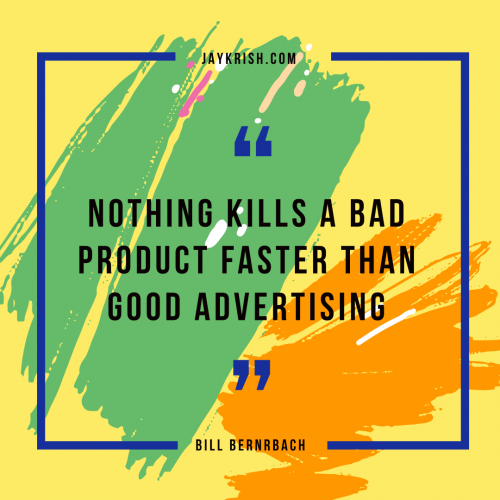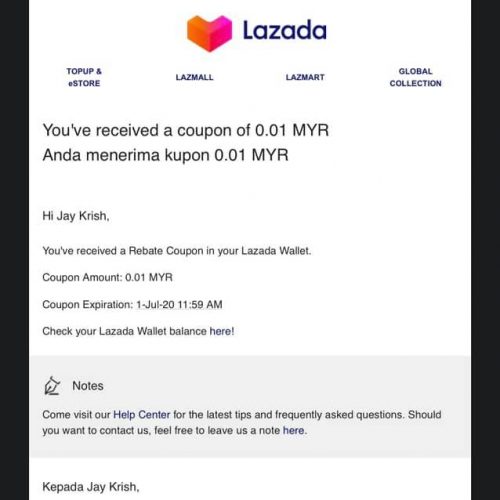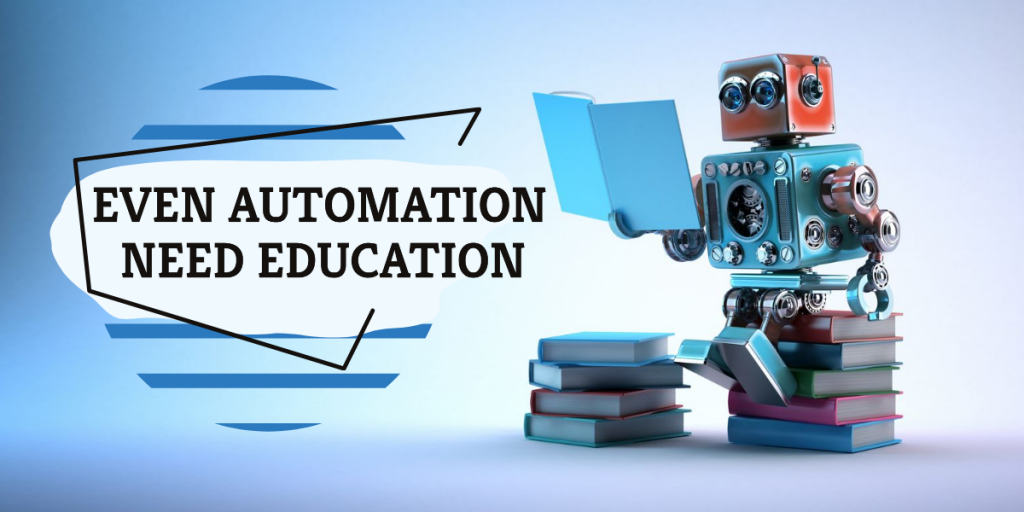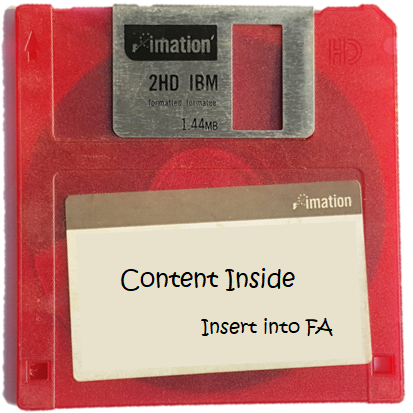I’d like to consider myself as someone who embraces digital technology. Yes, even as a copywriter – dabbling in a skill that is probably as old as the first cave drawings.
Oh and I like caves too. Not the bat-infested kind but the mental cave of solitude from where I draw inspiration and shut out the world.
Hmmm… I’m not sounding much like the embracer-of-modernity as implied above.
Nevertheless, I’m sure you will agree that it is noisy out there. There are all sorts of digital apps, platforms and tools; all screaming for attention and promising a quick fix upon an even quicker sign-up.
And don’t worry, it’s free to start. But you can unlock amazing features to make your work/passion/life a breeze for a small monthly subscription for the rest of your indecisive life.
A familiar pitch these days inundating every other scroll-of-thumb in social media.
Unsurprisingly, I have also lately noticed ads for copywriting apps and templates that claim you can master the art of written persuasion in a few taps – an auto copywriter in your pocket of sorts.
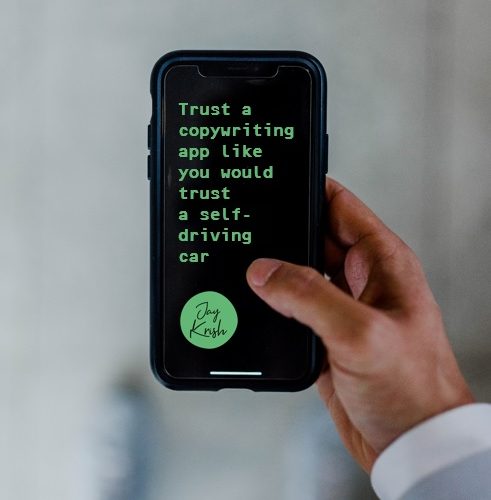
Pretty cool if you think about it. Why endure years of being under-appreciated and underpaid honing a critical marketing skill when you can just tap-tap and its done?
Being a copywriter is part art, part science, part depression and part mental anguish. And if you’re a freelance copywriter – add ‘part broke’ to that equation.
I would reckon over the last 20 over years of slinging copy, I would have sold products and services worth tens, or perhaps hundreds of millions for my clients.
And now, at a time when I am supposed to be at the peak of my prowess – combining my sales, business and strategic expertise – have come to know that I can be replaced by an app.
Hey, I’m a big believer in the democratisation that technology brings. Yes, jobs will be replaced but new ones are being created as well.
Actually, you don’t really need an app or template to be a copywriter. Social media has allowed anyone to string a caption together for their business and publish it to the world. Ta-da!
Mastery of the language, grammar proficiency and proofing skills are al old-school prerequisites that don’t really matter anymore, especially if you are selling exclusively on social media.
And that’s the caveat – these wonderous apps are probably only suited to social media marketing efforts – and some even claim sales letters – and even that primarily for the B2C segment.
But if you need copy written for any of these things:
- Website, portals or apps
- Videos or motion graphics
- Profiles – digital or otherwise
- CRM communications
- All B2B marketing touchpoints
Then going Canva with your copywriting is surely a formula for disaster.
Any serious business truly needs that one person to make the words work, and then build a personal relationship with the audience in view of generating a positive response. Then have the ability to put a creative spin on things with wordplay and uncommon insights for lasting appeal.
Not to mention having the acumen to uncover pain points and deliver solutions in an engaging manner. Plus, this person needs to be able to monitor results and optimise for greater impact.
That’s what copywriters do, which no app can emulate. And frankly, I am barely scratching the surface.
Good luck with the app!



